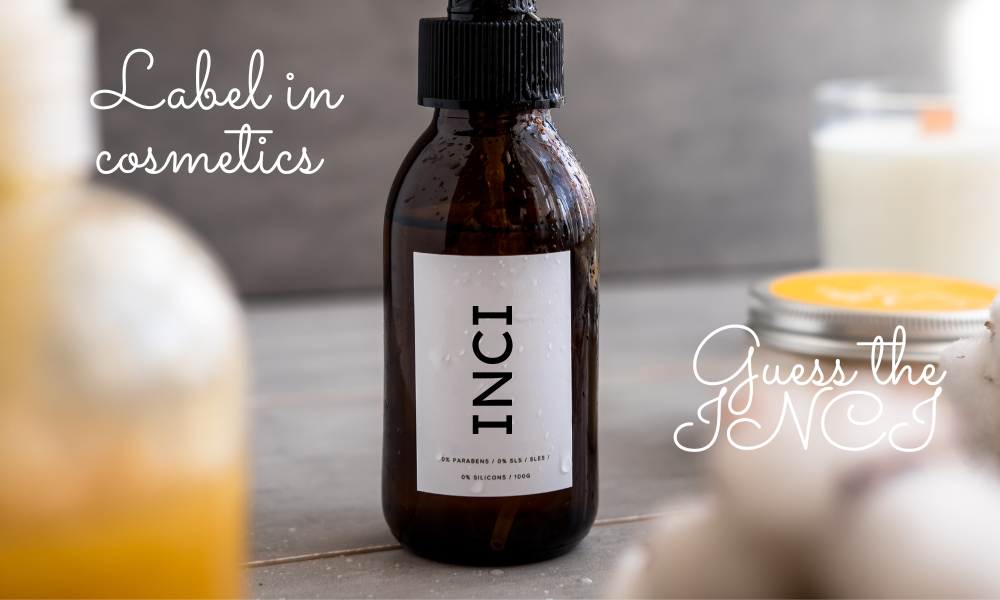15/08/2022
Gamification in the beauty industry
In the past we played "guess who", today we play "guess the INCI". The concept of gamification is now a consolidated aspect in marketing and the conveyance of various types of messages, and it has in fact entered the communication standards of the cosmetic and beauty industry. We'll explain here what is it exactly, what are the psychological aspects at stake, why is it so widespread and what are the key aspects.

Gamification, meaning and trend
The term gamification clearly derives from game, and consists in transmitting a topic to a recipient through a playful modality.
It was coined in 2003, but the use of this technique is decidedly ancient, traces of it have been discovered among the ancient Egyptians.
According to research by MarkertsandMarkets, it is estimated that 87% of companies will use this type of mechanism by 2025.
The underlying mechanisms
To understand what it is, let's start for simplicity from a standard communication approach: I process a message with a more or less direct form of communication, I convey it through a channel to the audience I want to reach. Someone will receive it and react in various ways. Clearly the task of marketing and advertising is to study and develop messages so that they are received in the correct way, by the desired audience, with the expected reactions.
In the gaming approach, regardless of the type of message, channel or receiver, the key lies in developing an activity that requires direct user involvement. It is not a reaction to a message, but the engagement is inherent in the message itself.
But what are the underlying mechanisms that make gamification so effective? Regardless of our age, every time we receive an award, the brain processes it with the release of dopamine, a hormone that stimulates the body and gives a sensation of pleasure. This pushes us to play, and it is the mechanism of gaming: the reward.
Gamification in cosmetics
The cosmetic industry, both as regards the B2C and professional B2B value chain, could not exempt itself from participating in this trend, which concerns the sector of cosmetic raw materials and ingredients, nutraceuticals, food and beverage, cosmetic packaging, contract manufacturer private label and all laboratory services.
As for the professional sector, "guess the INCI" is the game that is most popular on social networks. A full INCI is published, Glycerin Laurate, Sodium Lactate or Laureth Sulfate, Glycine, Xanthan Gum, Root, Leaf, Color Index, Polyethylene Glycol - containing all its cosmetic ingredients, and it is asked to guess which product it is, within a time limit. Clues are then provided, which the user can unlock or as time passes: famous green cosmetic from an Italian cosmetic company; organic cosmetic ingredients made in Italy; emollient effect, silky texture; skin care or hair care product; matt or bright white color.
A scoring system is set: the sooner you guess and the fewer clues available, the higher the score. An award is issued, as coveted as possible: private individuals can offer compliments and visibility, while companies can offer product samples, exclusive gadgets or even discounts on cosmetic raw materials and ingredients.
Regarding cosmetic packaging, it is very interesting in perfumery to guess the right packaging associated to a perfume, normally very famous to the public, and it is usually very distinctive and personalized: so you can find elongated, sinuous eagle-shaped bottles, intertwined with smooth or complex finishes; packaging of glass or composite materials, green and derived from wood waste. The scoring and reward system is very similar to "guess the INCI".
So on in the field of laboratory and regulatory tests, which follow the path of the riddle and requirements: challenge, patch test, microbiological analysis, stability test, what is required and when? Clearly, in this regulatory cosmetic professional field, the competence is high and the public is restricted, but equally effective.


